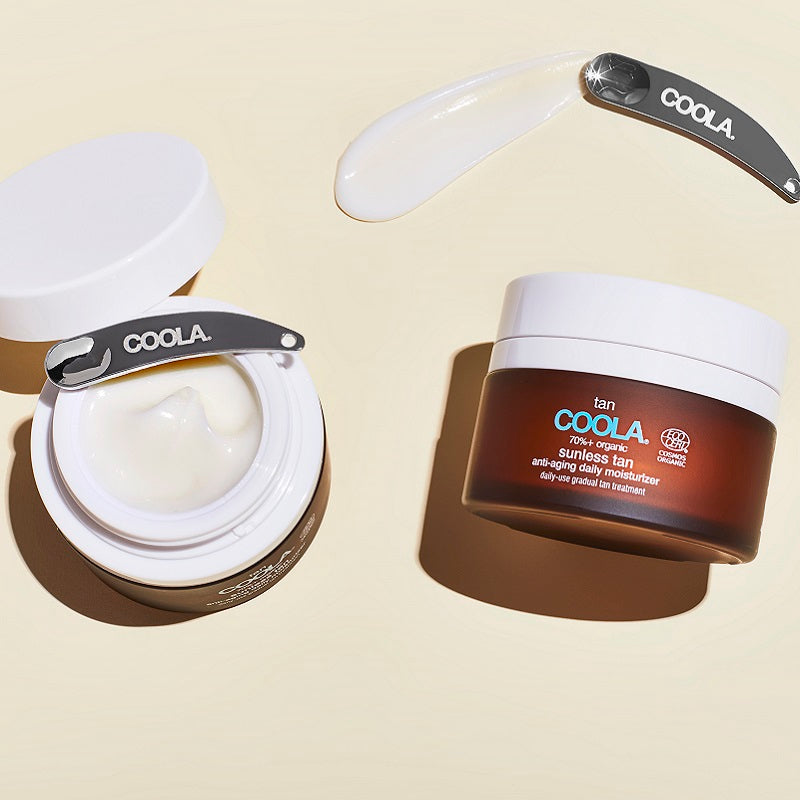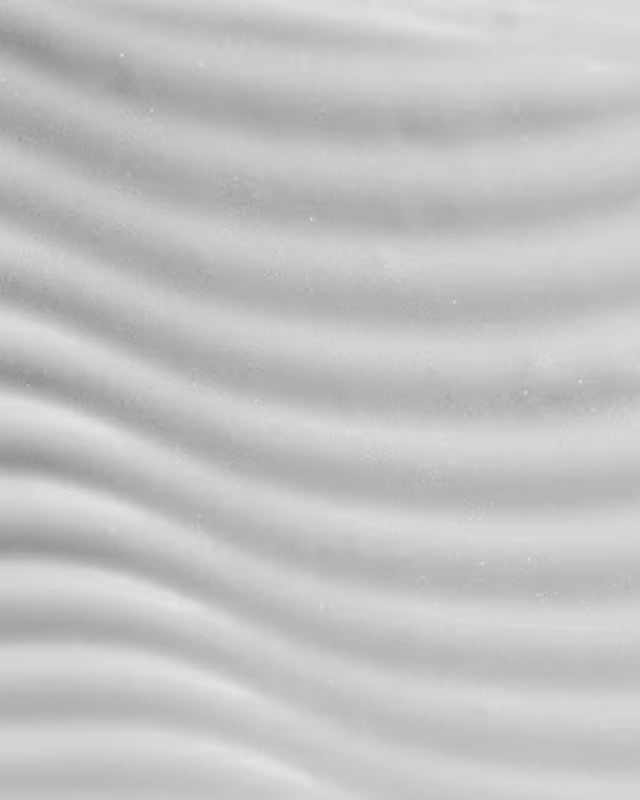
How Long Does Self-Tanner Last?
Having a fresh, sunless tan is one of life’s simple, guilt-free pleasures. But, as much as you love your new glow, shortly after application, you start thinking about how quickly it may fade away. Can you take action to extend wear?
This guide will help you understand how long self-tanner lasts and provide pro tips on keeping your sunless look longer.
What Is Self-Tanner and How Does It Work?
Self-tanner is a product, often a spray, lotion, or foam, that gives your skin a temporary tanned appearance without having to sit in the sun for hours (while potentially damaging your skin).
But how does self-tanner work?
The key ingredient in premium self-tanners is DHA (dihydroxyacetone). This colorless sugar reacts with the top layer of your skin, interacting with proteins and amino acids. This “tan” results from brown pigmentation that fades as your skin naturally exfoliates, which is why you want to maintain skin hydration.
Choosing premium self-tanners, like COOLA’s Anti-Aging Face Serum, lets you gradually develop a natural-looking, sunless glow while treating your skin to nourishing, age-defying ingredients. For the body, the Sunless Tan Firming Lotion offers a similar benefit, enhancing your tan’s longevity while firming and hydrating the skin. These elevated formulas do more than just bronze—they deliver advanced skincare benefits that outperform conventional self-tanners.
How Long Does Self-Tanner Last on Your Skin?
On average, your skin retains self-tanner for 3-7 days, but this longevity period can vary based on many factors, including expired self-tanning products, sensitive skin, and skin types.
But mainly, how you prepare your skin before your tan, the sunless products you choose to use, and even how you treat your skin after applying your self-tanner will help determine the lifespan of your sunless tan. To get the longest-lasting tan, you should start with a fresh base. That means exfoliating your skin to remove dead skin cells and applying your tan to clean, freshly showered skin. Never use your self-tanner over makeup or deodorant.
You’ll also want to find products with hydrating ingredients, like those in COOLA’s face moisturizers. To extend wear, moisturize your skin frequently, especially after showering or exposing it to hot, dry weather.
Does Self-Tanner Come Off in the Shower?
There is a common misconception that water will remove self-tanners. While washing your skin can contribute, water alone is not the culprit. Exfoliation and soap are the main contributing factors while in the shower.
Before you take your first post-tan shower, make sure you give your self-tan time to develop. That means waiting at least eight hours before getting your skin wet. The easiest way to achieve this is to apply your tanner before bed and shower in the morning.
Your first shower after application should be a quick rinse-off to rid your skin of any bronzers and color guides. Don’t exfoliate or use harsh soaps to disrupt your tan and cause skin irritation.
Some helpful tips when showering with a sunless tan:
- Avoid using exfoliating loofahs or sponges, especially for the first few days
- Use mild and moisturizing soaps
- Keep it short
- Turn down the heat (as high temperatures dry out your skin)
After your first shower, be gentle while toweling off to ensure a natural-looking tan. Rubbing your skin too hard post-shower could result in a patchy tan and irritation.
The next key step is to moisturize your skin. Your product choice here is also important. Select a hydrating lotion free of heavy oils that can break down your sunless tan.
Can You Still Tan With Self-Tanner On?
Yes, you can still tan with self-tanner on, but you’re also still susceptible to UV damage.
You should layer with an SPF product. Several options will protect your skin against the sun’s rays while providing hydration, such as:
Is Self-Tanner Bad for Your Skin?
If you’re seeking a sunless glow, you may wonder—is self-tanner bad for your skin?
The answer depends on the product. Look for self-tanners that include safe ingredients like DHA. Many myths surround the dangers of self-tanners. Again, the quality of the product and its ingredients make all the difference. Products with DHA utilize this natural ingredient to produce the effect of a sunless tan. It is derived from plant sources—it is not a dye.
The FDA has tested and approved DHA as the primary active ingredient in most sunless tanning products. This process is safer than traditional tanning methods1 that involve UV exposure, as this approach may cause skin damage and an increased risk of skin cancer.
A lasting sunless tan starts with the best products. COOLA remains committed to skin-safe, clean, nourishing formulas. Shop our Sunless Tan Collection for the ultimate glow.
Sources:
- Turner, J., et al. “In search of the perfect tan: Chemical activity, biological effects, business considerations, and consumer implications of dihydroxyacetone sunless tanning products.” J Cosmet Dermatol. 2022 Apr 21. doi: https://pmc.ncbi.nlm.nih.gov/articles/PMC10083914/




